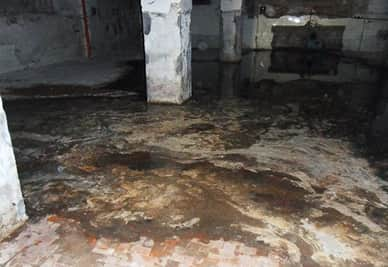New Course: Drier By Design - Designing to Keep Water Out
Published on February 21, 2019 by Nick Walsh

Architects Training Institute has a new course called "Drier By Design-Designing to Keep Water Out." This course will focus on moisture resistance principles and methods in a systematic fashion. This course teaches the following specific knowledge and skills:
- A basic understanding of how water moves, migrates and behaves
- Typical sources of excess moisture in our build environments
- Proactive prevention of unwanted moisture through planning and design
- Methods used during construction to prevent the intrusion of water
- Post-construction prevention of leakage by building envelope inspection
- Common points of failure through which water can gain entrance
- Prevention of water intrusion through control of condensation
Here is an excerpt of the course giving you several general rules of thumbs used to determine where to specifically locate vapor-resistant materials in roofs and walls.
Basements and crawl spaces are always susceptible to water accumulation, but precautions can be put in place to minimize the risk. The grade should be sloped away from the structure to prevent groundwater from standing against it. Downspouts should be extended above or below grade to discharge points well away from a building, with connections checked on a regular basis. Gutters and downspouts should be kept clean. Below-grade walls should be sealed to resist moisture intrusion. Drains and sump pumps can be installed below floor levels to capture and expel any moisture that does make it inside the space. If installed and depended upon, proper operation of these pumps should be tested on a regular basis.
Walls will be either face sealed or drained cavity assemblies. Those which are drained, like masonry veneered walls, should have a secondary barrier installed behind the first face. At the bottom of this secondary cavity should be materials and methods to collect unwanted water and redirect it from the interior, back out to the exterior. Those which are sealed on their faces only, like EIFS finishes, have only one barrier with which to resist water penetration. Unless very close attention is paid to detailing during installation, these type finishes are very likely to fail.
Humid air moving into and through roof and wall cavities is a major transport mechanism of moisture. In cold climates, warm, moist inside air should be kept from exfiltrating out of the envelope. In hotter climates, warm, moist air must be kept from infiltrating inside. Pressurization and depressurization of the interior in response to exterior pressure changes can help slow down that air movement, even in high-rise construction that creates a stack effect.
Moisture Protection Resources
Building Elements React To Moisture As Artful Inspiration
